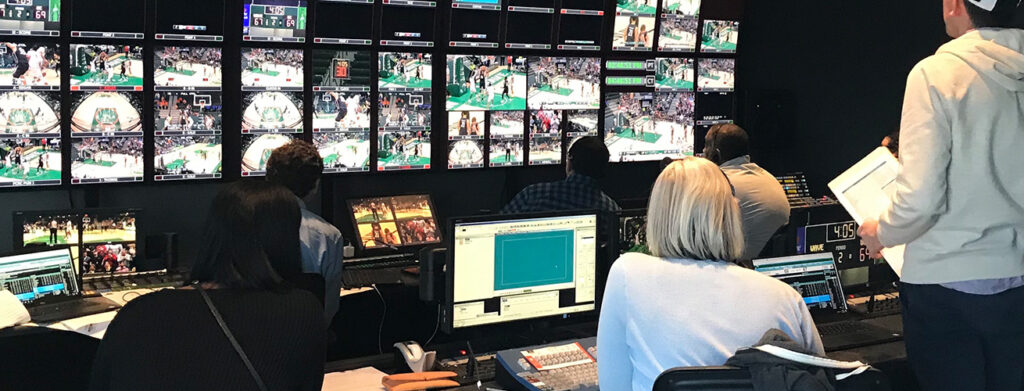The conventional in depth editorial that has described games for quite a long time may be confronting a progressive shift. Computer generated Reality VR innovation is arising as a distinct advantage in sports broadcasting, promising a future where fans can rise above the limits of their lounges and become virtual members in the core of the activity. This is not just about a more extensive screen; VR offers a vivid encounter that rethinks how we consume sports. Envision yourself tied into a VR headset, shipped to the throbbing energy of a pressed arena. You are not bound to a proper perspective; with a flick of your head, you can move your viewpoint, following the play from behind the quarterback’s shoulder as he filters the field, or taking off high over the net to observe a gravity-opposing tennis volley. VR broadcasts can offer different camera points, permitting watchers to organize their own insight, turning into a virtual chief amidst the activity.

This degree of inundation reaches out past visuals. Spatial sound spots you solidly in the main part of the environment. The thunder of the group enlarges as the strain mounts, and the thud of the bat against the ball feels awkwardly close. VR can possibly make a feeling of presence not at all like anything a conventional 스포츠중계 broadcast can offer. It is not simply watching a game; it is feeling the game. The potential outcomes with VR stretch out a long ways past repeating the experience of sitting in the first line. Envision going to a game with companions dissipated across the globe. VR innovation could make virtual parlors where fans can assemble, share responses, and celebrate triumphs progressively, encouraging a more grounded feeling of local area that rises above actual area. For broadcasters, VR presents a mother lode of creative narrating valuable open doors. Measurable overlays could show up straightforwardly on the field, featuring player information and projected results. Envision seeing a player’s normal slugging rate pictured close by their swing, or a quarterback’s finishing likelihood showed as they get the snap.
This mix of data would change sports broadcasts into intelligent encounters, advancing the review insight for devotees of all degrees of commitment. Obviously, VR broadcasting is not without its difficulties. Cost stays a huge hindrance. Top notch VR headsets are as yet costly, restricting availability for some fans. Also, the innovation is continually advancing, and broadcasters need to put resources into gear and aptitude to keep pace. Content creation for VR additionally presents interesting difficulties. Recording a conventional broadcast requires a set number of cameras, yet VR requires catching the whole 360-degree climate, which requires extra gear and strategic contemplations. In spite of these obstacles, the capability of VR in sports broadcasting is obvious. As VR innovation turns out to be more reasonable and open, we can hope to see its reception develop quickly. The fate of sports broadcasting probably would not mean certain death for in depth critique, yet it very well may be the beginning of another time where fans are at this point not detached spectators, however dynamic members in the core of the activity.
